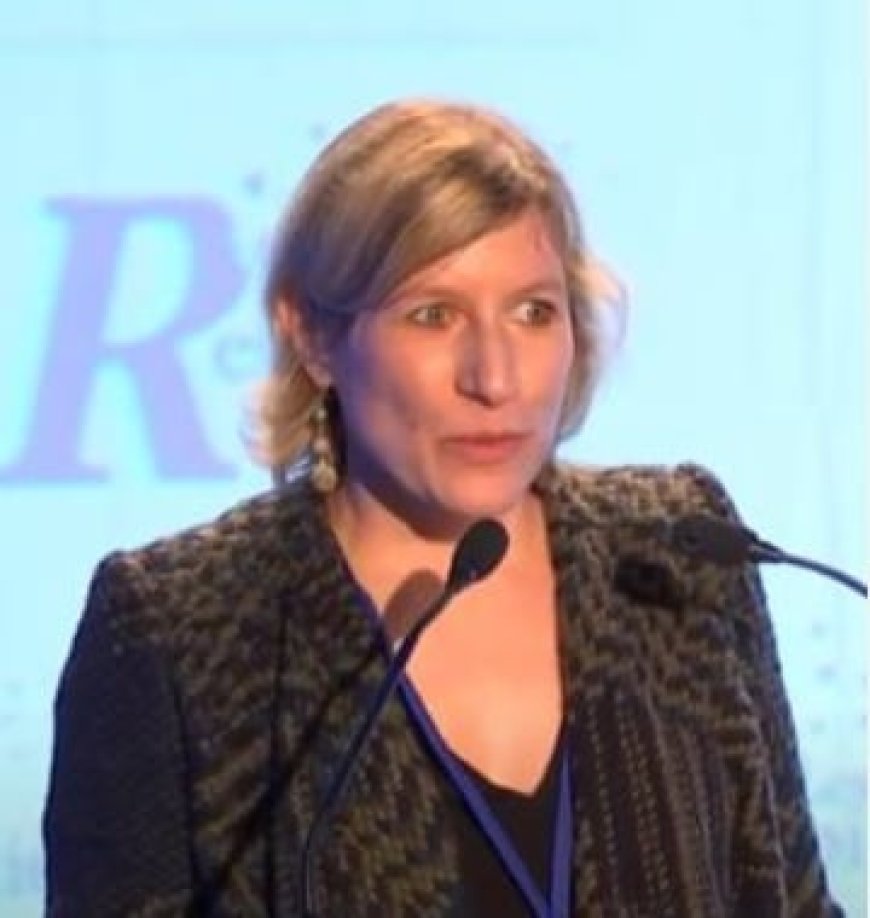Webinar: Clean air for public health – Assessing population exposure to air pollution
Webinar: Clean air for public health - Assessing population exposure to air pollution World Health Organization (WHO)

Join the WHO Air Quality, Energy and Health Unit for the webinar “Clean air for public health – Assessing population exposure to air pollution” to be held on 22 April 2024 at 15:00-16:30 (CEST).
Air pollution kills 6.7 million people every year. To protect health and reduce mortality, we need to reduce population exposure to air pollution. Recognizing that reducing population exposure requires the monitoring air pollution, WHO leveraged its Global Air Pollution and Health Technical Advisory Group to develop an overview of methods that are useful for assessing health impacts. These methods can also be used countries to build national programmes for measuring and modelling air pollution exposure.
The webinar aims to:
- Launch the Overview of methods to assess population exposure to ambient air pollution which presents monitoring methods that are an integral part of air quality management.
- Highlight measurement and modelling methods that are commonly used in health impact assessments to estimate population exposure to air pollution.
- Showcase the challenges and lessons learnt when country’s have implemented these methods into their air quality management systems to better understand the national burden of disease and enhance their country’s ability to tackle air pollution and protect public health.
After registering, you will receive a confirmation email containing information about joining the webinar.
Agenda
Chair
Sophie Gumy, Technical Officer, Air Quality, Energy and Health Unit, WHO
Welcome and housekeeping
Heather Rohani-Adair, Unit Head a.i., Air Quality, Energy and Health Unit, WHO
Opening remarks
The importance of local monitoring for assessing global exposures and health risks
Sara Basart, Scientific Officer, World Meteorological Organization
Presentation
Considerations for assessing population exposure to air pollution
Kerolyn Shairsingh, Consultant, Air Quality, Energy and Health Unit, WHO
Panel discussion
Monitoring population exposure to air pollution: Moving from theory to action
Facilitator: Jason West, University of North Carolina at Chapel Hill
Commonly used methods for health impact assessment:
- Measurements
- Models
Discussants:
Jill Baumgartner, Institute for Health and Social Policy, McGill University
Augustin Collette, Institut National de l’Environnement Industriel et des Risques (INERIS)
Challenges and lessons learnt from implementing national air quality monitoring programmes:
- Senegal
- Iran
- Austria
Discussants:
Aminata Mbow, Direction de l’Environnement et des Etablissements Classés, Environment Agency Senegal
Sadegh Hassanvand, Institute for Environmental Research, Tehran University of Medical Sciences
Christian Nagl, Umweltbundesamt GmbH (Environment Agency Austria)
Q&A and discussion
Jason West, University of North Carolina at Chapel Hill
Closing remarks
Sophie Gumy, Technical Officer, Air Quality, Energy and Health Unit, WHO
Confirmed Speakers
|
Sophie Gumy Sophie Gumy is Technical Officer in the Department of Environment, Climate Change and Health at the World Health Organization. She is leading WHO’s work on evidence synthesis, capacity-building and monitoring of ambient air pollution exposure and related disease burden. Prior to joining the Air Quality and Health unit, she was working on the burden of disease from various environmental risk factors, including air pollution, water and sanitation and climate change. |
 |
|||||||||||||||||
|
Heather Rohani-Adair Heather Adair-Rohani currently leads the work on air quality, energy and health at the World Health Organization Headquarters. She has led the establishment of the Health and Energy Platform of Action, and the High-level Coalition on Health and Energy. She co-led the coordination and development of the WHO guidelines for indoor air quality: household fuel combustion and is currently overseeing the work to support countries in the implementation of these Guidelines through the Clean Household Energy Solutions Toolkit. She also actively participates and represents WHO at various global initiatives focused on health, air pollution and energy like UN Energy, Sustainable Energy for All, Inter-Agency Expert Group on Sustainable Development Goal Indicators, and the Global Strategy for Women, Children and Adolescent Health. |
 |
|||||||||||||||||
|
Sara Basart Since 2023, Dr Sara Basart has been a scientific officer at the World Meteorological Organization (WMO) Global Atmosphere Watch (GAW) programme in charge of atmospheric composition and air quality modelling activities. Her main research interests range from the SDGs, Targets, and Indicators
Analysis1. Which SDGs are addressed or connected to the issues highlighted in the article?The issues highlighted in the article are connected to the following SDGs:
2. What specific targets under those SDGs can be identified based on the article’s content?Based on the article’s content, the following specific targets can be identified:
3. Are there any indicators mentioned or implied in the article that can be used to measure progress towards the identified targets?No specific indicators are mentioned or implied in the article that can be used to measure progress towards the identified targets. Behold! This splendid article springs forth from the wellspring of knowledge, shaped by a wondrous proprietary AI technology that delved into a vast ocean of data, illuminating the path towards the Sustainable Development Goals. Remember that all rights are reserved by SDG Investors LLC, empowering us to champion progress together. Source: who.int
Join us, as fellow seekers of change, on a transformative journey at https://sdgtalks.ai/welcome, where you can become a member and actively contribute to shaping a brighter future.
|








